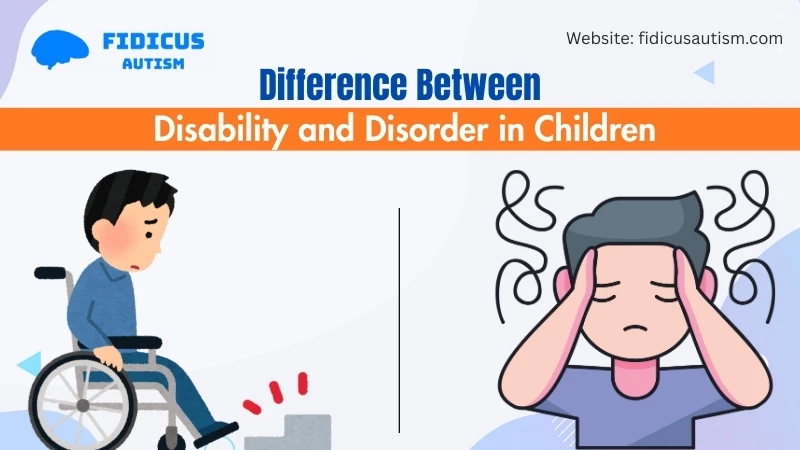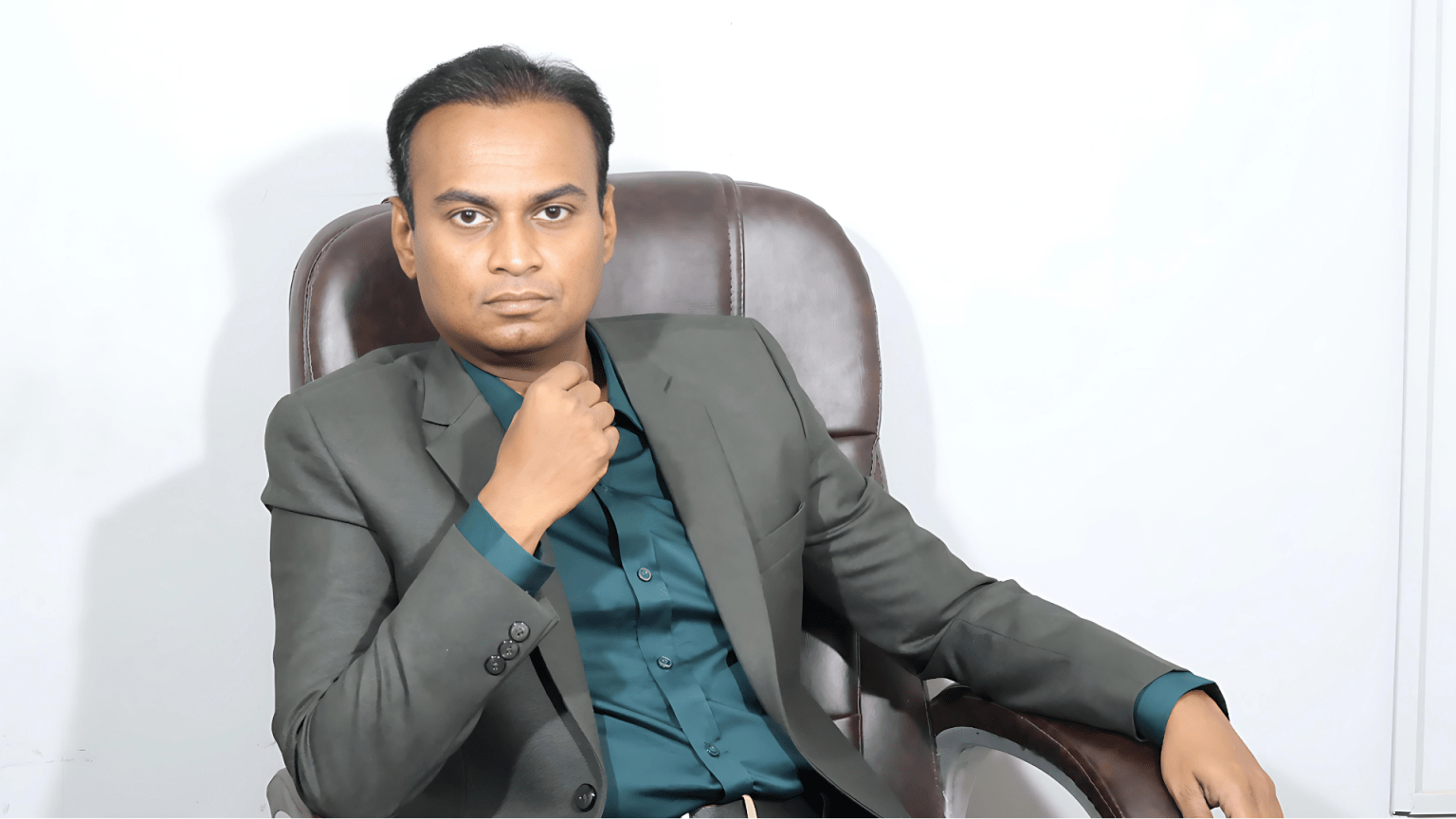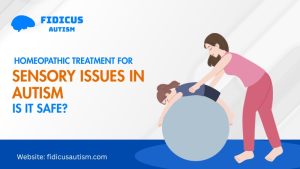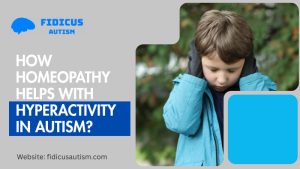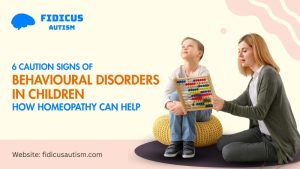Understanding the difference between a disability and a disorder in children is essential for parents, caregivers, and educators. A disability generally refers to a long-term condition that limits a child’s ability to perform everyday activities, such as cerebral palsy or visual impairment. In contrast, a disorder is a clinical diagnosis based on specific symptoms and patterns, such as ADHD, autism spectrum disorder, or anxiety. While disabilities are more about functional limitations, disorders are identified through medical and psychological assessments.
Early recognition of both conditions ensures timely intervention. This is where homeopathy offers gentle, holistic support. Instead of focusing only on symptoms, homeopathic treatment addresses the child’s overall constitution—emotional, physical, and mental well-being. For parents of a Special Needs Child seeking safe and natural care, homeopathy provides an individualized approach that helps children lead healthier, more confident lives.
What is Disability in Children?
A disability refers to a long-term condition that limits a child’s ability to carry out everyday activities compared to others of the same age. It can affect movement, learning, communication, or interaction with the environment.
For example:
- A child with cerebral palsy may have difficulty walking.
- A child with severe visual impairment may require Braille learning.
- A child with intellectual disability may find academic learning harder and need special education support.
The World Health Organization (WHO) defines disability as an interaction between health conditions (like cerebral palsy, Down syndrome, or autism) and personal/environmental barriers (like stigma, lack of accessibility, or limited support services).
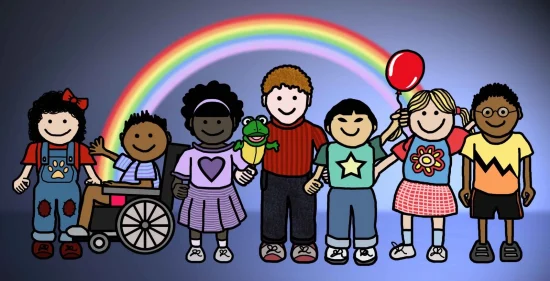
Types of Disability
Types of Disability in children vary widely, depending on which part of development or functioning is affected. Recognizing these types helps parents, doctors, and teachers provide the right support.
- Physical Disabilities – mobility limitations due to musculoskeletal or neurological issues.
Example: Cerebral palsy, spina bifida. - Sensory Disabilities – affect one or more senses.
Example: Blindness, deafness, visual impairments, hearing loss. - Intellectual Disabilities – significantly below-average intellectual functioning and adaptive behaviour.
Example: Down syndrome, global developmental delay. - Developmental Disabilities – conditions beginning in childhood that affect development permanently.
Example: Autism spectrum disorder, intellectual disability, ADHD (sometimes overlapping with disorders). - Multiple Disabilities – combination of two or more disabilities, such as blindness with intellectual disability.
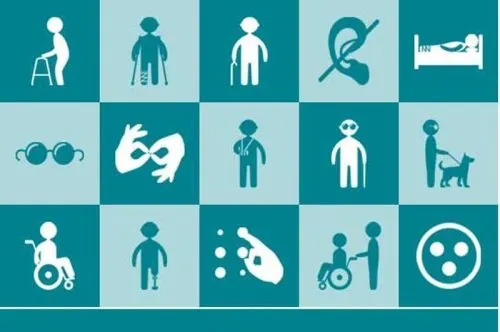
Causes of Disability in Children
Causes of Disability can arise at different stages of a child’s development — before birth, during delivery, or after birth. Knowing these causes helps in early detection, prevention where possible, and planning long-term care.
- Genetic: Genetic or chromosomal abnormalities can interfere with normal development and functioning. These conditions are often inherited or caused by random changes in genes.
- Prenatal: Disabilities may occur during pregnancy due to maternal health problems, infections, or nutritional deficiencies. The fetus is highly vulnerable to harmful exposures.
- Perinatal: Complications around the time of birth can cause lasting disabilities if the newborn’s brain or body is deprived of oxygen or injured.
- Environmental & Social Causes: A child’s environment also plays a major role in disability risk. Poor access to healthcare, exposure to toxins, and lack of preventive measures can contribute significantly.
Some disabilities are preventable (e.g., polio through vaccination), while others are congenital and lifelong.
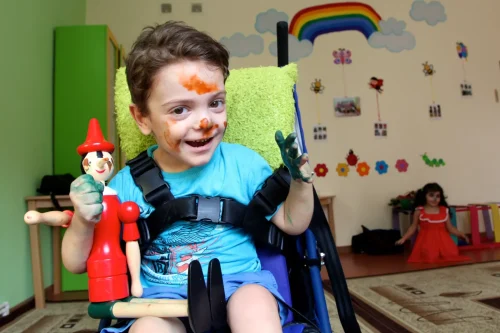
What is Disorder in Children?
A disorder is a clinical condition defined by medical or psychological criteria. It refers to a set of symptoms, behaviours, or functional disruptions rather than the long-term outcome.
For example:
- Autism spectrum disorder (ASD) – Affects social communication, language development, and behaviour. Children may show repetitive behaviours, difficulty understanding social cues, or delayed speech.
- ADHD (Attention-Deficit/Hyperactivity Disorder) – Impacts focus, attention, and impulse control. Children may appear restless, struggle to complete tasks, or act impulsively.
- Specific Learning Disorders – dyslexia, dysgraphia, dyscalculia.
- Anxiety and Mood Disorders – Emotional challenges such as separation anxiety, social phobia, depression, or excessive worry that interferes with school and daily life.
Unlike disability, a disorder can be mild, moderate, or severe, and sometimes may not result in a permanent disability.
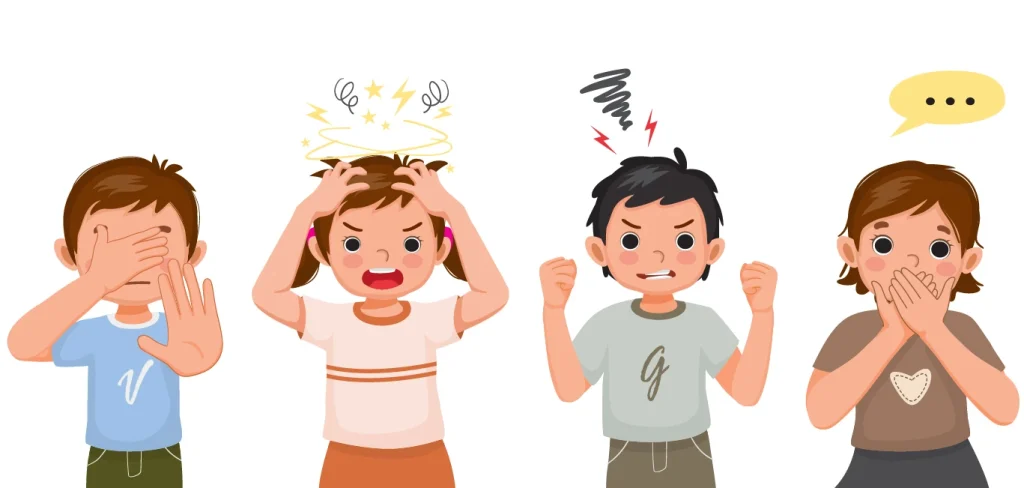
Types of Disorders
Types of disorders commonly found in children are varied and can affect learning, behaviour, emotions, or overall development. Recognising these categories helps in early intervention and choosing the right therapies.
- Neurodevelopmental Disorders – These begin in early childhood and affect brain development, leading to difficulties in learning, behaviour, or communication.
- Learning Disorders – These affect specific academic skills even though the child may have normal intelligence. They often become noticeable once the child starts school.
- Behavioural and Emotional Disorders – These disorders affect how children regulate emotions and interact with others. They often interfere with daily functioning and relationships.
- Medical/Neurological Disorders – Some disorders are rooted in neurological or medical conditions that affect the child’s brain and nervous system.
- Communication Disorders – These involve problems in speech, language, or the ability to communicate effectively.
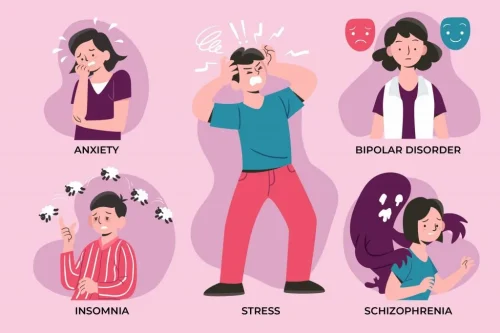
Causes of Disorders in Children
The causes of disorders in children are usually complex and rarely due to a single factor. They often arise from a combination of biological, environmental, and social influences.
- Genetic predisposition: Many childhood disorders have a hereditary component, meaning they can run in families. Certain gene variations can increase vulnerability.
- Neurological factors: Brain development and functioning can contribute to disorders when there are structural or chemical imbalances.
- Environmental factors: The child’s surroundings significantly shape mental and emotional health.
- Medical conditions: Certain medical problems can trigger or worsen disorders in children.
- Combination factors: A child with ADHD may also have learning difficulties, showing how disorders can overlap.
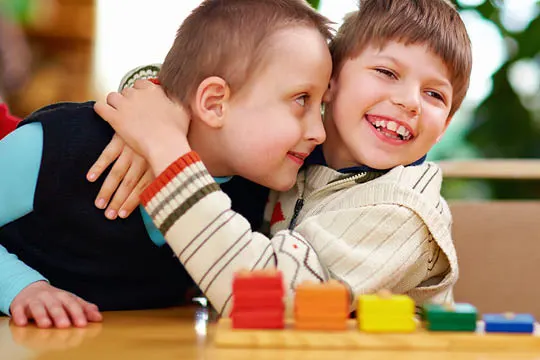
What is the Difference Between Disability and Disorder?
Parents and teachers often use the terms disability and disorder interchangeably, but they actually describe different aspects of a child’s condition. Understanding the disability and disorder difference helps in making the right decisions about medical care, and educational support.
Disability
- Focus: Disability describes the impact on daily functioning. It highlights what a child can or cannot do compared to peers of the same age.
- Nature: Usually long-term or permanent.
- Context: Often recognised legally or socially to provide accommodations (like extra time in exams or assistive devices).
Disorder
- Focus: Disorder refers to a clinical diagnosis made by doctors or psychologists. It describes a pattern of symptoms or behaviours that fit recognised medical criteria.
- Nature: Can be mild, moderate, or severe — sometimes temporary, sometimes lifelong.
- Context: Used mainly in medical and therapeutic settings to plan treatment.
Overlap Between Disability and Disorder
- A child with autism (disorder) may have difficulty communicating, making friends, and coping in school. These functional challenges are considered a disability.
- Some disorders do not always cause disability. For example, a child with mild anxiety disorder may still function well in school.
Social vs. Medical Use
- Disability: Commonly used in educational, social, and legal systems. It ensures children get necessary accommodations like special education, assistive devices, or disability certificates for support.
- Disorder: Primarily used in medical and psychological contexts for diagnosis and treatment planning. It helps guide therapies such as counselling, medication, or behavioural interventions.
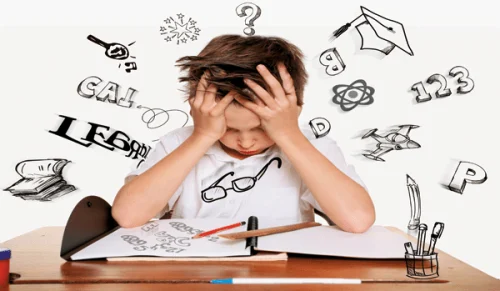
How Homeopathy Helps
At Fidicus Autism, parents often ask how homeopathy can support children with disabilities and disorders. While homeopathy doesn’t replace medical therapies, it can provide holistic support.
Role of Homeopathy (Step-by-step):
- Holistic Evaluation: Homeopathic doctors study the child’s physical, emotional, and behavioural profile.
- Personalized Remedies: Medicines are prescribed based on individuality rather than “one-size-fits-all.”
- Example: A restless, impulsive child may get a different remedy than a withdrawn, quiet child.
- Symptom Management: Homeopathy helps with anxiety, hyperactivity, poor sleep, digestive issues, and mood swings, which can worsen disability or disorder.
- Family Guidance: Diet, lifestyle, and stress management support parents as well as children.
Benefits Reported by Parents:
- Improved concentration and calmness.
- Reduction in repetitive behaviours.
- Better sleep patterns.
- Enhanced emotional stability.
Note: Homeopathy does not claim to cure conditions like autism or cerebral palsy but helps in symptom management and improving quality of life.
Conclusion
Understanding the Difference Between Disability and Disorder helps parents provide the right care, and support for their children. Disability reflects long-term impact, while disorder refers to a clinical diagnosis. Both can overlap but need different approaches.
Homeopathy at Fidicus Autism offers a safe, supportive system to help manage symptoms, improve well-being, and enhance developmental progress in children. Combined with therapies and medical care, it creates a balanced path toward better growth and functioning.

